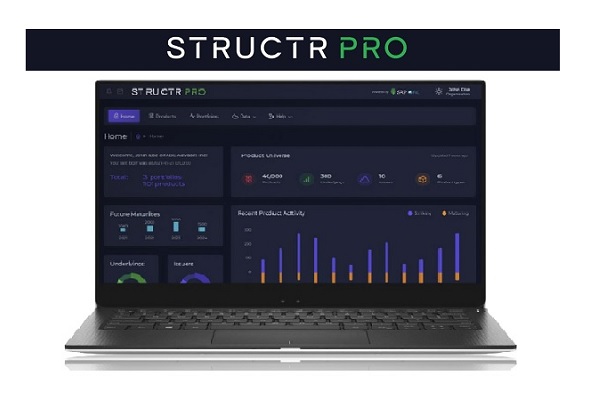ETFs have been consistently taking market share on mutual funds as lower cost passive investments. ETFs typically track indices as their preferred mechanism and unsurprisingly the ETFs with the highest assets under management follow indices such as the S&P-500 and Eurostoxx-50 offering an extremely low cost way to access “beta” or exposure to a market benchmark. The use of smart beta has also started to become more popular as underlying assets in structured products.
The rise of smart beta
Smart beta techniques have gained increasing traction over the last twenty years in the ETF world, to provide the next level in enhanced portfolio return. The ETF industry then looked for viable ways to provide alternatives that were more ambitious, and the concept of smart beta was developed. Smart beta generally picks stocks (or other underlyings) from the same universe as a benchmark index but adopts a rules based scheme different to market capitalisation weighted. The most popular techniques include minimum variance and low volatility methodologies which aim to improve Sharpe ratios by reducing volatility without harming expected returns, equal weighting schemes to avoid over concentration to high capitalisation stocks and to benefit from the growth potential of smaller stocks and overweighting high dividend paying stocks to employ one of the key strategies of value investing.
Although smart beta has become more popular there are several factors to consider before using smart beta indices or ETFs in structured products as we shall now examine.
Firstly, understanding the fundamentals of a given smart beta strategy and its chosen index is critical. For any structured product the choice of underlying is one of the main drivers to achieving good returns. Often smart beta indices are variations on established indices and analysis of the different factors employed is relatively easily done. Smart beta indices are now big business for index companies and correspondingly there is a wealth of data and other resources. There is also considerable academic research supporting the main strategy ideas.
Beware target market
Providers need to consider the target market for any product issuance. While smart beta indices may be appropriate for use by private banks and discretionary fund managers, they are still quite new within retail markets. While innovation necessarily involves change and introduction of new ideas, caution must be applied in today’s heavily regulated world.
Lower volatility or higher dividend
It is also important to consider the effect on product pricing. Lower volatility indices are very popular for capital protected products as they will generally increase the participation rates that can be achieved. However improving the optics should never been the main driver for product construction and there needs to be a strong case for making such a switch away from a more conventional choice. Equally weighed indices are not such a radical shift and for that reason have a lot of supporters as a first alternative to a mainstream index.
High dividend stock selecting strategies and the associated indices are popular in direct investing and have a strong rationale. However this investment approach relies heavily on the dividends themselves to provide a significant part of the return. Therefore their use is questionable in structured products if the capital return version of the index is used. A high dividend yield paying index will improve product terms because of the lower forward curve but it may be hard to prove that it is in the best interests of the investor.
Decrement indices
Finally we consider the other recently popular trend of fixed dividend or “decrement” indices. In my view these do not count as smart beta but fixed dividends are often offered in minimum variance or low volatility versions. Fixed dividend indices aim to profit from the fact that uncertainty in dividend yield causes significant hedging issues and risk for banks in offering capital return versions of indices. By calculating a total return index with a fixed dividend subtracted the idea is to get an index with similar properties to the original one but with this hedging risk eliminated. If this results in a more competitive product then theoretically investors should get a better deal.
In conclusion we acknowledge that the smart beta trend has made a big splash in the ETF world and these techniques are now being applied to structured products. The variations on offer are interesting but must be carefully evaluated.
Tags: Algorithms Lifecycle Structured Edge













